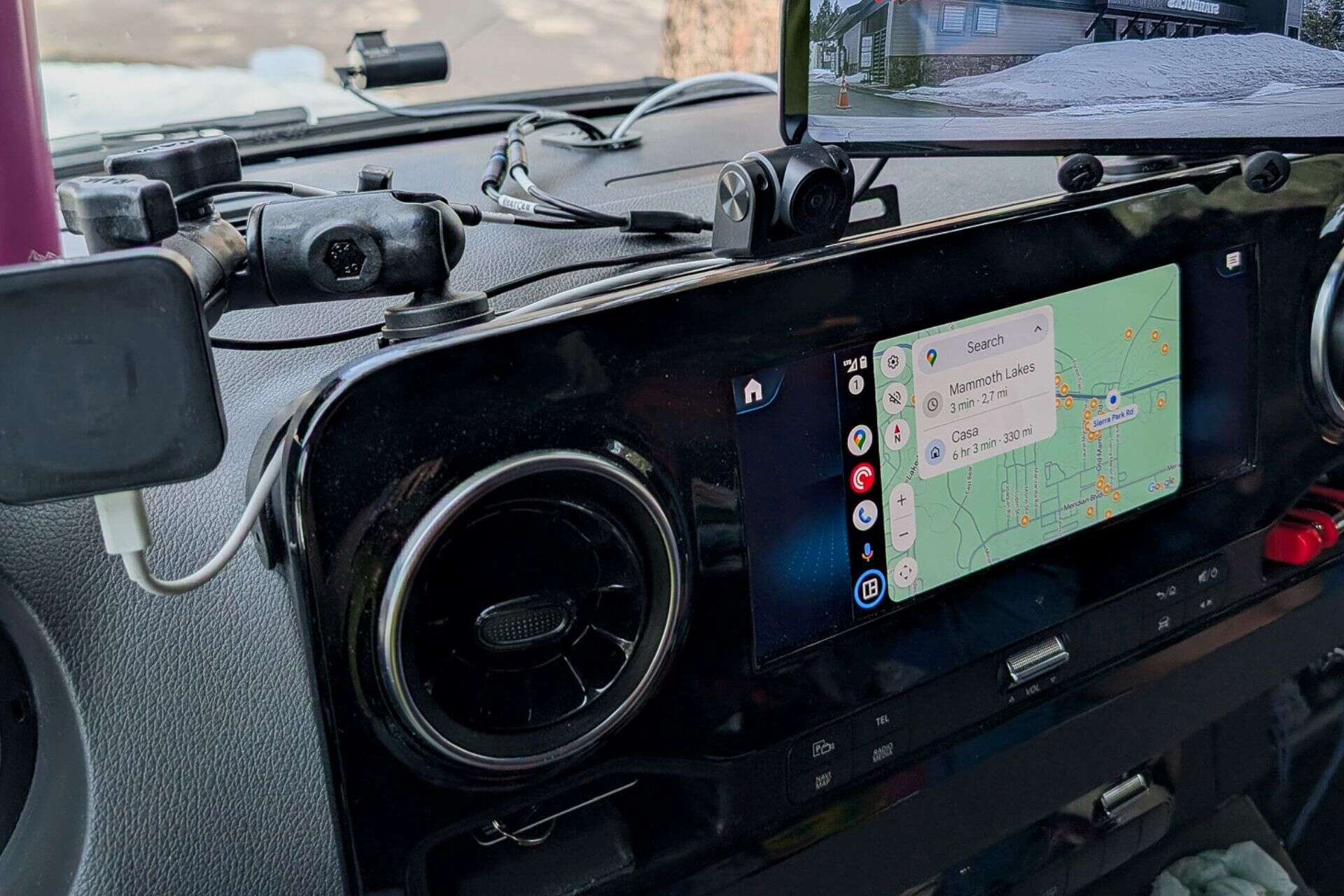Let’s be honest. We rarely think of our smartphones as tools for environmentalism. They’re devices of consumption, right? Constantly charging, updating, and begging for our attention. But here’s the deal: that little pocket computer holds immense potential to help you live a greener, more sustainable life. It’s all about the apps you choose and the habits you build.
This isn’t about achieving perfect, zero-waste purity overnight. That’s a tall order for anyone. It’s about making smarter, more conscious choices that add up. Think of it as giving your digital life a green thumb—nurturing practices that benefit both you and the planet.
Your Digital Toolkit: Eco-Conscious Apps to Install Now
The Google Play Store is a jungle, but hidden among the flashy games and social media giants are some genuinely powerful apps for sustainable living. These aren’t just novelties; they’re practical tools that make green choices easier.
For Cutting Down Food Waste
Food waste is a massive, often invisible, environmental problem. When food rots in a landfill, it produces methane—a greenhouse gas far more potent than CO2. These apps help you fight back.
Too Good To Go is a game-changer. It connects you with restaurants, bakeries, and grocery stores that have unsold surplus food at the end of the day. You get a “Magic Bag” of goodies for a fraction of the price, saving delicious food from the bin. It’s a win for your wallet and the planet.
Then there’s Olio. This app is like a hyper-local, freecycle for food. Neighbors and local businesses can list food items they won’t use—maybe they’re going on vacation or bought too many tomatoes. You can browse and request items for pickup, preventing perfectly good food from being tossed. It builds community, too.
For Making Smarter Shopping Choices
Ever stood in a supermarket aisle, utterly bewildered by eco-labels? You’re not alone. These apps cut through the noise.
Giki Badges is your personal sustainability scout. Just scan a product’s barcode, and Giki will analyze it for you. It provides clear badges telling you if it’s recyclable, has better packaging, is palm oil free, or has a lower carbon footprint. It turns a confusing decision into a simple, informed choice.
For fashion, Good On You is essential. It rates thousands of clothing brands on their ethical and environmental practices. Thinking of a new purchase? A quick search will show you how that brand measures up on labor rights, animal welfare, and, crucially, its planetary impact. It empowers you to support companies that are doing the right thing.
Beyond the App: Your Phone’s Own Energy Diet
Okay, so the apps are great. But what about the phone itself? How you use your device has a direct, if small, environmental footprint. A few tweaks can put your Android on a serious energy diet.
Slay the Energy Vampires
Background apps are the energy vampires of your phone. They suck power even when you’re not actively using them. Honestly, most of us don’t need every single app running all the time.
Head to Settings > Apps > [App Name] > Battery. Here, you can restrict battery usage for apps that don’t need constant updates. Social media apps are often the worst offenders. Do you really need Instagram refreshing in the background every five minutes? Probably not.
Embrace the Dark Side (Mode)
If your phone has an OLED or AMOLED screen—which most modern Android devices do—this is a big one. On these screens, black pixels are actually turned off. Using Dark Mode means fewer pixels are lit, which significantly reduces power consumption. It’s easier on your eyes, too, especially at night. Turn it on in your system settings and make it the default for your supported apps.
The Brightness and Timeout Tango
Auto-brightness is your friend. Let your phone’s sensor adjust the screen to the ambient light. Manually cranking it to 100% all the time is a massive drain. Similarly, a shorter screen timeout (15-30 seconds) ensures your display isn’t glowing pointlessly after you’ve put it down.
The Bigger Picture: Conscious Consumption and E-Waste
Our journey doesn’t end with daily habits. The most sustainable phone, you know, is the one you already own. The manufacturing process is the most resource-intensive part of a device’s life. Every new model requires mining, water, and energy.
So, before you upgrade, ask yourself: is it truly necessary? Can you replace the battery instead? Or buy a refurbished model? The market for high-quality refurbished phones is fantastic now—you get a like-new device for less, and you keep one more piece of e-waste out of the landfill.
And when your device finally does reach the end of its life, please, don’t just toss it in a drawer or the trash. E-waste is toxic. Recycle it responsibly. Most electronics retailers have drop-off bins, or you can find a certified e-waste recycler near you. It’s the final, crucial step in the cycle.
A Final Thought: Small Drops, Big Ocean
Sustainability on your Android isn’t about one grand, heroic gesture. It’s the cumulative effect of a thousand small choices. Downloading an app to rescue surplus food. Restricting a background process. Choosing a refurbished phone. Opting for Dark Mode.
Each action is a small drop. But together, in a vast ocean of users, they create a wave of meaningful change. Your phone is more than a portal to the digital world; it’s a potential force for good in the physical one. The power, quite literally, is in your hands.





